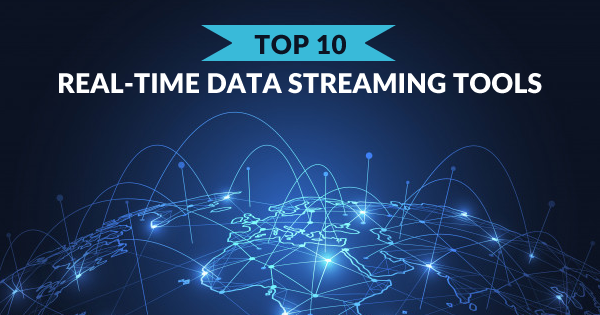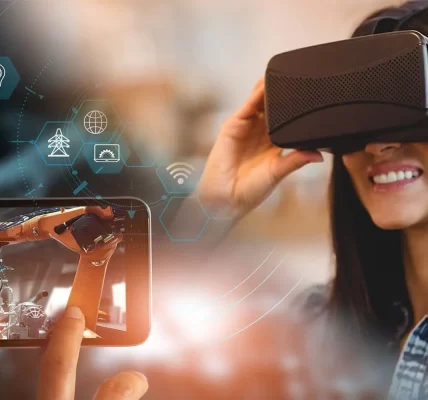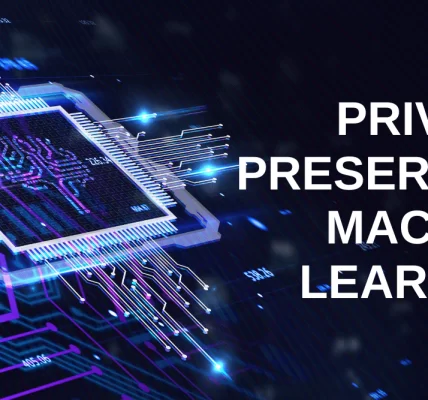In today’s fast-paced world, the ability to process and act upon data in real-time is more crucial than ever. Real-time data streaming has emerged as a transformative technology, enabling businesses, organizations, and individuals to make informed decisions, respond to events promptly, and optimize various processes. This article delves into the fundamentals of real-time data streaming, its applications, and its impact on different sectors.
Understanding Real-Time Data Streaming
Real-time data streaming refers to the continuous flow of data that is transmitted, processed, and analyzed instantly or within milliseconds of its creation. Unlike traditional data processing, which may involve batch processing where data is collected over time and analyzed in chunks, real-time streaming allows for the immediate ingestion and analysis of data as it becomes available.
The architecture of real-time data streaming systems typically involves three main components: data sources, data processing engines, and data consumers. Data sources can include sensors, social media feeds, transactional systems, and more. These sources send data in a continuous stream to processing engines, which analyze and process the data in real-time. The processed data is then delivered to consumers, such as applications, dashboards, or other systems that leverage this information for decision-making.
Applications of Real-Time Data Streaming
The applications of real-time data streaming span a wide range of industries and use cases. In the financial sector, real-time data streaming enables high-frequency trading algorithms to react to market fluctuations within milliseconds, ensuring optimal trading strategies and minimizing risk. Similarly, in the healthcare industry, real-time data from patient monitoring devices can alert medical professionals to critical changes in a patient’s condition, facilitating prompt intervention.
Retail and e-commerce businesses leverage real-time data streaming to enhance customer experiences. By analyzing data from customer interactions, purchase history, and browsing behavior in real-time, companies can offer personalized recommendations, optimize inventory management, and adjust pricing strategies dynamically.
In the realm of smart cities, real-time data streaming plays a vital role in managing infrastructure and services. Traffic management systems use real-time data to monitor and control traffic flow, while environmental sensors provide immediate feedback on air quality, weather conditions, and other factors that impact urban living.
Technological Advancements Driving Real-Time Data Streaming
Several technological advancements have fueled the growth and adoption of real-time data streaming. One of the key drivers is the proliferation of IoT (Internet of Things) devices, which generate vast amounts of data that require real-time processing. These devices, ranging from smart home gadgets to industrial sensors, contribute to the increasing volume and velocity of data.
Another significant advancement is the development of stream processing frameworks and platforms, such as Apache Kafka, Apache Flink, and Apache Storm. These frameworks provide robust tools for building and managing real-time data streaming applications, offering features like fault tolerance, scalability, and low-latency processing.
The rise of cloud computing has also played a crucial role in enabling real-time data streaming. Cloud platforms offer scalable infrastructure and services that support the high-throughput and low-latency requirements of real-time data processing. This flexibility allows organizations to handle fluctuating data loads and rapidly deploy streaming applications without investing in extensive on-premises hardware.
Challenges and Future Outlook
Despite its numerous benefits, real-time data streaming faces several challenges. Data security and privacy are significant concerns, as the continuous flow of sensitive information necessitates robust protection measures. Additionally, managing the sheer volume and velocity of data can strain system resources and require sophisticated scaling solutions.
The future of real-time data streaming looks promising, with ongoing advancements in technologies and methodologies. The integration of artificial intelligence and machine learning with real-time data streaming is expected to further enhance the capabilities of these systems. Predictive analytics, anomaly detection, and automated decision-making are areas where AI can add substantial value.
Furthermore, as 5G networks become more widespread, the speed and reliability of real-time data streaming will see significant improvements. The low latency and high bandwidth of 5G will enable even more responsive and efficient streaming applications, paving the way for innovations across various domains.
Conclusion
Real-time data streaming has become a cornerstone of modern information systems, driving advancements across multiple industries. Its ability to provide immediate insights and facilitate timely actions is revolutionizing how businesses and organizations operate. As technology continues to evolve, real-time data streaming will undoubtedly play an increasingly integral role in shaping the future of data-driven decision-making and operational efficiency.





